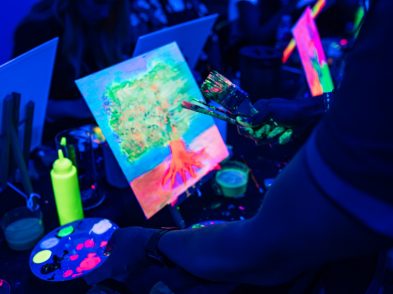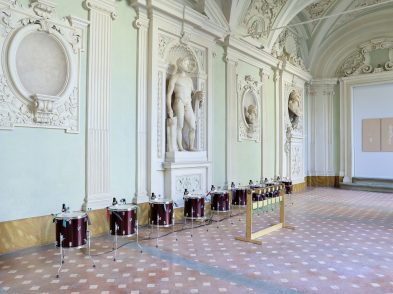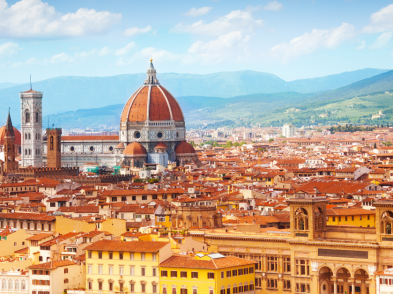What makes today’s Florence Florentine cannot only be found in paintings, palaces and the like. The rich history and creative spirit that defines the city is certainly not exclusive to the centro storico and every one of its world-famous treasures, but extends to its borders, where locals lay down their roots and create their communities. Tucked away in the Oltrarno, in a hidden corner of San Frediano, the Giardino dell’Ardiglione Association builds upon decades of community service to create an oasis for the families that call Florence home.
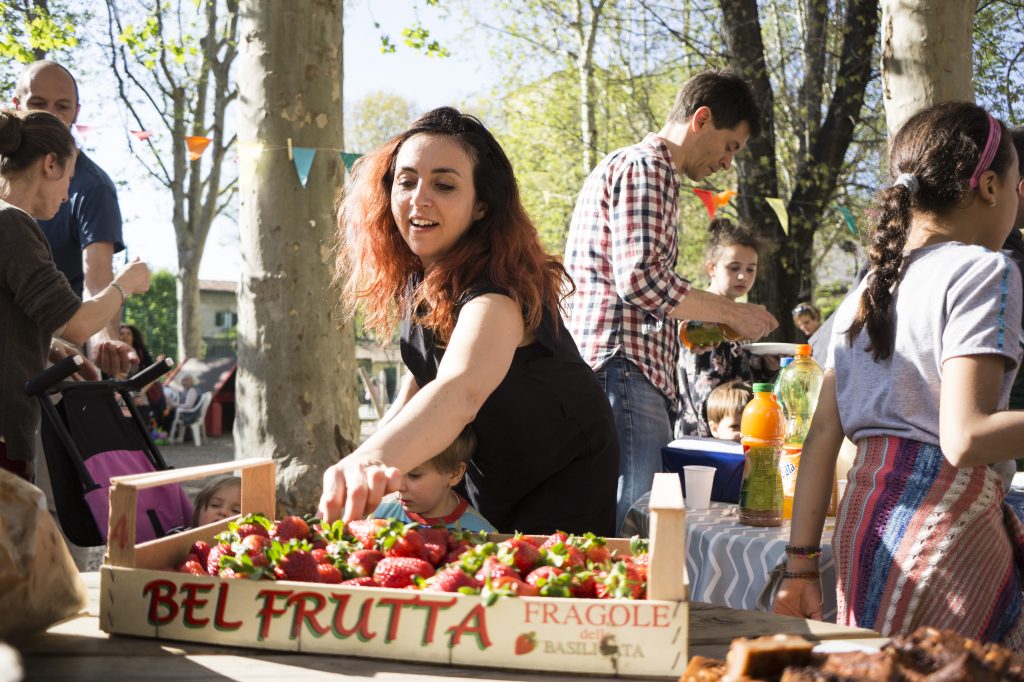
Oasis is no exaggeration. Unbeknownst to anyone strolling past, the gates to the members-only garden hide a space for children to run around and explore, with toys and play equipment, basketball courts, a picnic area and even a vegetable patch sheltered by trees and dotted with flowers. It is a place where locals converge, where their children play and where everyone can enjoy the array of events, each contributing to the upkeep of the garden and its social offering. From sports to music and brain training, the association gives back to every member of its tight-knit community.
The garden’s history can be traced back as far as the 13th century, when it belonged to the Carmelite Church, serving the monks as their vegetable garden. It was later purchased by sculptor Emilio Santarelli in 1838 to house his studio in the palazzo to the rear. In fact, it was here that he crafted the sculpture of Michelangelo that now decorates the exterior walls of the Uffizi. In 1920, it passed into the hands of the American Red Cross, upon the recommendation of its commissioner, Edward Otis Bartlett Junior, who envisaged a community space to help the poorest area of Florence at the time, with an emphasis on educating the children of San Frediano.
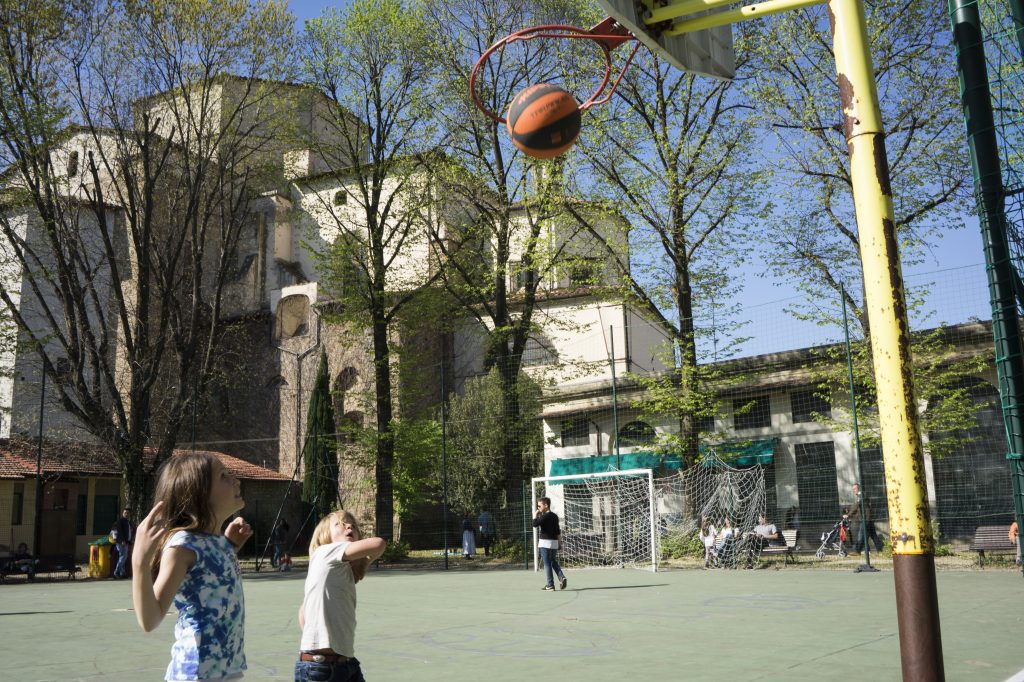
From 1923, the garden adopted a strikingly similar identity to today with numerous community initiatives. However, due to complex issues regarding the ownership of the area, the palazzo and some of the garden fell into the hands of a real estate speculator in 2010, who then sold it as private apartments and turned his part of the garden into a car park. This prompted uproar from the community. A petition to reclaim the garden was signed by 1,400 names and presented to the authorities, accompanied by a march through San Frediano led by the area’s children. Based on a recommendation by the local education office, an official association was formed, the Associazione Giardino dell’Ardiglione, which finally succeeded in winning back the space in 2013.
In its current form, the association is concentrated on the neighbourhood’s youngest members, following the initial ambitions of the American Red Cross through long-term education initiatives and opportunities for enrichment. The connection to the United States is not only historical, however. The inspiration to launch a variety of extra-curricular events came from Wendy Yates, a mother, American expatriate and key member of the San Frediano community, who began to teach the violin to the children who played there with her daughters. Others quickly followed suit in offering their own time and skills to the group.
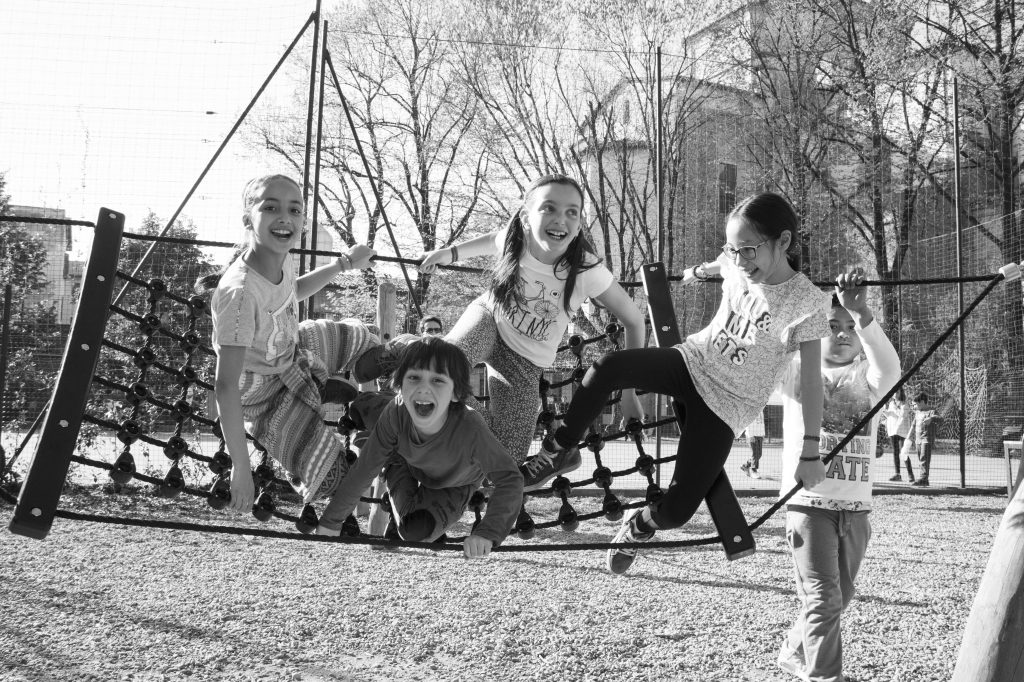
The garden has since become a hub for activities organized by its members, including an after-school homework club, an open-access orchestra and children’s football lessons run by the Centro Storico Lebowski football club. As well as the garden, the Fioretta Mazzei building provides an indoor space for year-round activities. One particularly unique initiative is Mens Sana in Corpore Sano, aimed at teenagers, to teach effective communication, emotional management and understanding of others. The current line-up also continues to serve the proudly multicultural community that has historically collected in San Frediano, with Italian language lessons for non-Italian parents who have moved to Florence. The entire operation is run by its members for its members, who are all residents and contribute in their own way.
It is here, away from the world-famous landmarks and the bustle of the centre, that Florence’s creativity and neighborliness find a place to bloom. The next generation of Florentines cherish their secluded pocket of the city, founded on a legacy of giving back and the decidedly Florentine ambition to revive a once disadvantaged area. Somewhat symbolically, iris flowers, the inspiration for the Florentine giglio, flourish in the beds that frame where the children play.
On May 5, the team keeping the garden alive is organizing its annual Spring Feast, involving Oltrarno community groups and musicians who will play lively traditional music from southern Italy in the afternoon. Visitors are warmly welcomed to attend. Entrance from via d’Ardiglione 30.


